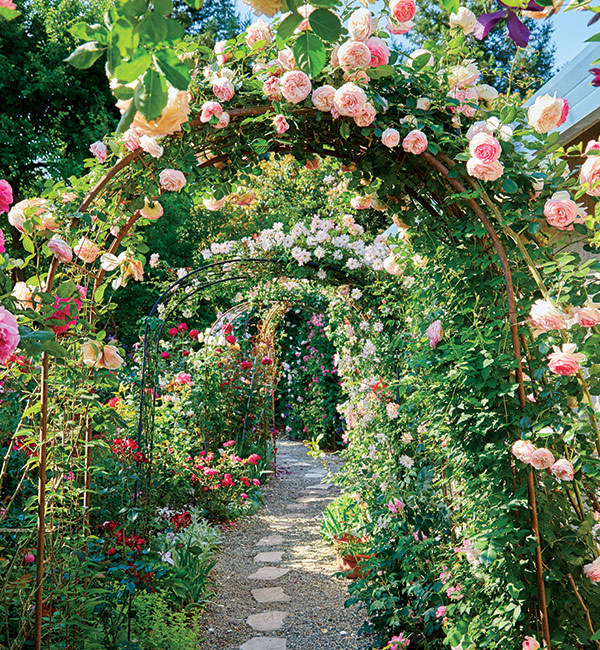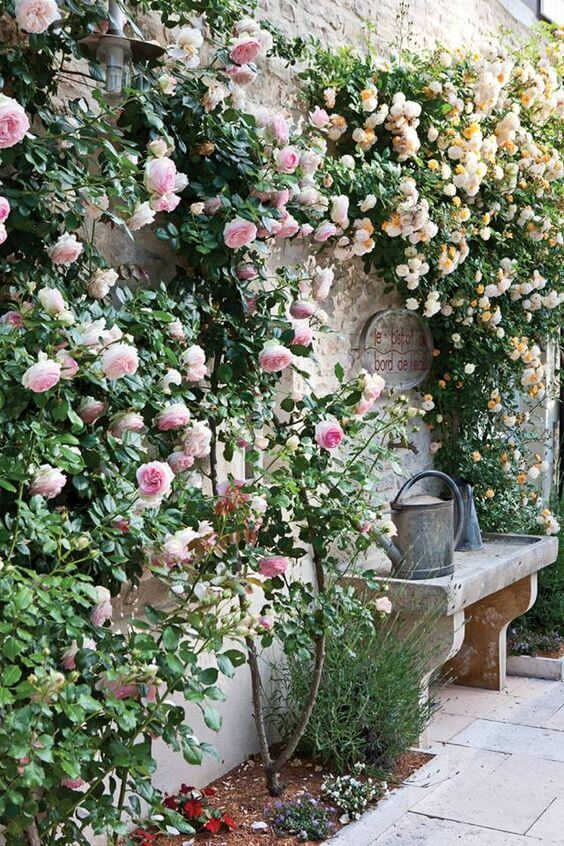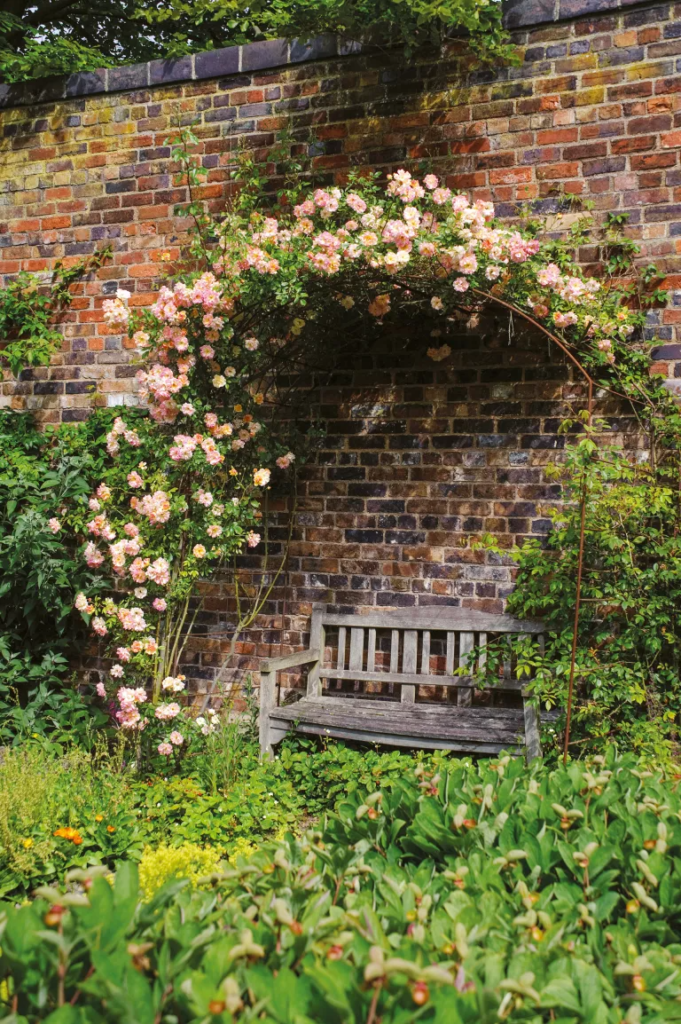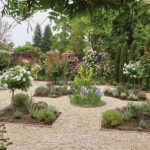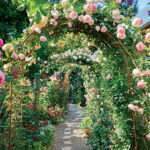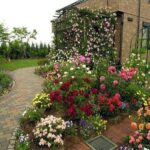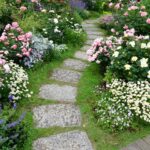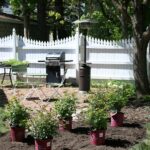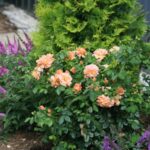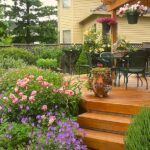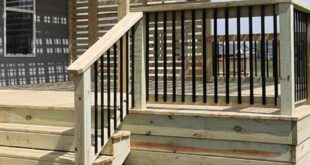A rose garden is a breathtaking addition to any landscape, offering beauty, fragrance, and a sense of romance. When designing a rose garden, there are several key elements to consider in order to create a stunning and cohesive space that showcases the beauty of these beloved flowers.
The first step in designing a rose garden is selecting the right location. Roses thrive in full sun, so choose a spot in your garden that receives at least six hours of sunlight per day. Additionally, consider the soil quality and drainage in the area, as roses prefer well-draining soil with a slightly acidic pH level.
Next, consider the layout and design of your rose garden. There are several popular styles to choose from, including formal, informal, and English cottage gardens. Formal rose gardens typically feature symmetrical designs with straight pathways and geometric shapes, while informal gardens have a more relaxed, organic feel. English cottage gardens are characterized by lush, overflowing beds of roses mixed with other flowering plants.
When selecting rose varieties for your garden, consider factors such as color, fragrance, and bloom time. Roses come in a wide range of colors, from delicate pastels to vibrant reds and purples, so choose varieties that complement each other and create a harmonious color palette. Additionally, consider the fragrance of each rose variety, as some blooms are more fragrant than others. Finally, choose roses that bloom at different times throughout the season to ensure a continuous display of color and beauty in your garden.
In terms of maintenance, roses require regular care to thrive. This includes watering, fertilizing, pruning, and protecting the plants from pests and diseases. Proper watering is essential, as roses prefer consistent moisture levels in the soil. Fertilize your roses regularly with a balanced fertilizer to promote healthy growth and vibrant blooms. Pruning is also important to remove dead or diseased branches and encourage new growth.
To enhance the beauty of your rose garden, consider adding decorative elements such as trellises, arbors, and garden ornaments. These features can provide support for climbing roses, create focal points in the garden, and add visual interest. Additionally, consider incorporating seating areas or pathways to allow for easy access and enjoyment of your rose garden. With careful planning and attention to detail, you can create a stunning and inviting rose garden that will be a highlight of your landscape for years to come.
 yishifashion Where Outdoor Dreams Become Reality
yishifashion Where Outdoor Dreams Become Reality
